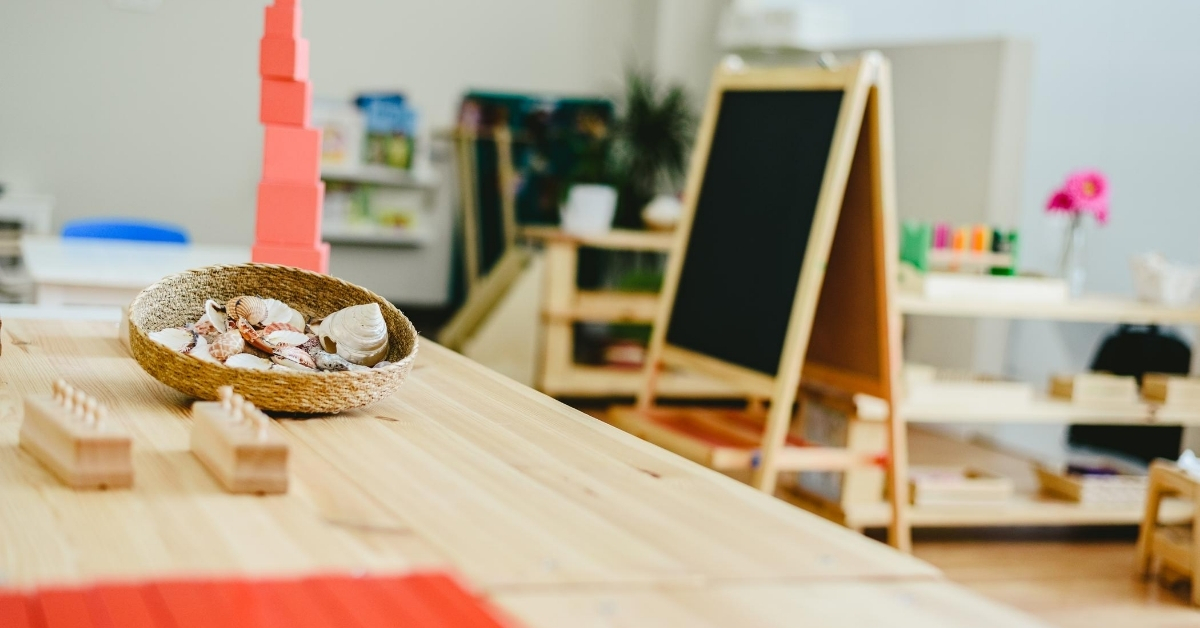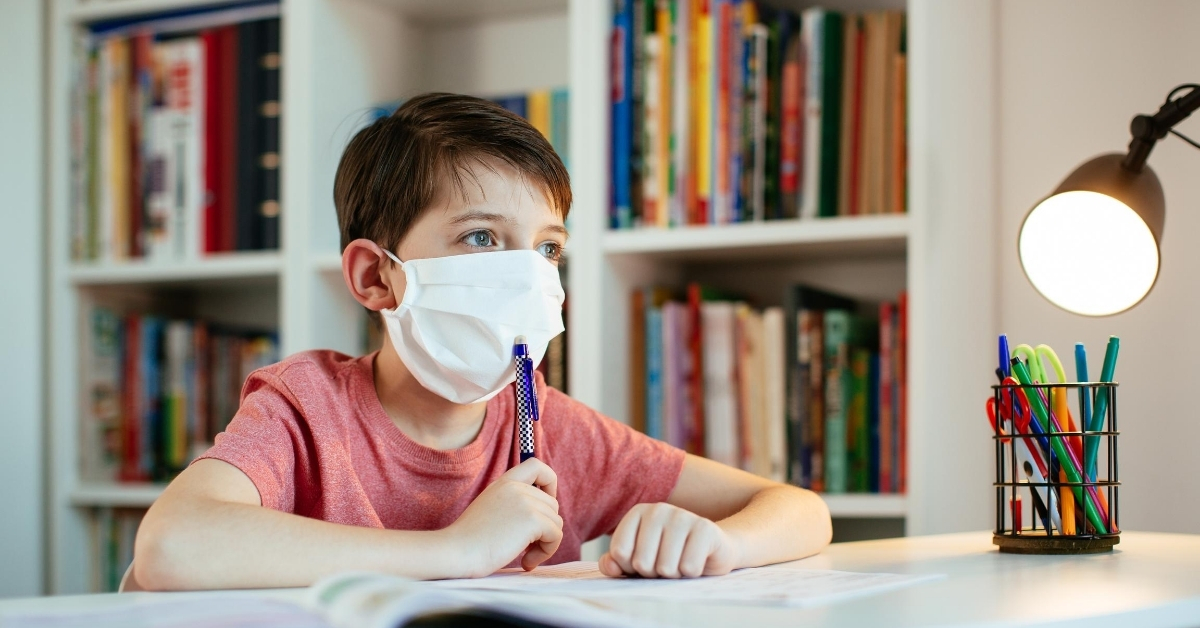I’m taking a short Montessori course for parents who are homeschooling their elementary kids and sharing what I learn here in the blog. This is the fifth article in the series. You can start from the beginning here.
♥
An ideal Montessori environment looks and feels like a combination of a home, a library, an art studio, and a science lab.
Before we go further into what a Montessori home environment should ideally be like, I have to say right here that our house is patently un-Montessori. We live with my parents, and our house, never gigantic to begin with, feels even smaller and messier with now three generations worth of stuff. And, ahem, some people in the house are the type who never throw anything away in the off-chance that it could become useful later. When people started saying no to single-use plastic, we were like, “Single use? What’s that?” And while there is a room in the house that is spacious, relatively orderly, and with good lighting, it’s in the second floor, which gets really hot in the daytime. So…you know…if I’m writing this post, it’s not because I’ve personally set up an ideal Montessori environment, but because I, too, want to find ways to optimize what we have, within what’s possible, at home.
Another thing we have to keep in mind is that elementary children tend to be messier than preschool kids because they are more likely to be involved in large, messy projects with moving pieces, so expect that the workspace might be rather untidy before order is restored at the end of the day.
All that having been said, here’s what a Montessori environment should ideally be:
- Beautiful — Beauty inspires interest. You can use plants, art, photos. No need for anything expensive. Whenever possible, use natural materials such as wood, ceramic, glass, metal, stone, and fiber.
- Orderly — A place for everything. For your materials, you can use baskets that you can put in shelves. The goal is for children to be independent and so they need to know where to get and put things back. Helps kids’ brains become orderly as well. Also helps in that kids do not have to waste time and brain space having to keep looking for things.
- Limited — Just a couple of pens and other supplies in the shelves; no need for dozens. Rotate materials, books. (Keep the rest in a closet.)
- Enticing — Makes kids want to pick them up –> explore –> learn.
- Safe — Keep this in mind especially if you have kids of different ages. But don’t avoid glass and ceramic — we also want kids to learn how to use and be careful with these things.
- Supportive of independence — See orderly above. Also, maybe set up a table where kids can make their own snacks.
- Contains materials needed for Great Work — Kids like to do projects and so you should keep supplies that might be useful on hand, such as glue, tape, and scissors. You can also recycle stuff like shoe boxes and paper bags. (Finally! Something we’re good at, haha!)

Shelves
- Aside from the usual supplies, try to put in things that a child would find interesting or like to explore, like a seashell collection.
- Don’t put too much in the shelves! Too many things can be overwhelming and not really help.
- Before putting something on the shelf, ask yourself if it really needs to be there.
- Have a couple of books out but, again, not too much, so that kids would also want to go out into the real world and get answers there, instead of just from a book. (And, yes, it’s still COVID times, but there is still no need for a book overload.) You can go to a library or a museum, and that would even double as a practical life “going out” activity.
- For papers, designate separate places for storing finished work and unfinished work.
- Keep your supply shelf well-stocked.
Don’t forget to prepare your child’s digital environment as well
- Prepare folders for your child’s work (scans/photos).
- Your child’s home screen should be uncluttered.
- Bookmark sites that your child frequently visits.
- Check your browser’s safety settings, especially as your child grows up, because they might get to the stage where they start to explore different websites, and it’s best to set limitations based on what’s age-appropriate.
- Have children use devices in common areas of the house so that they can be supervised for their safety.

Final thoughts
- Feel free to make whatever changes are necessary to your home environment, especially as your child grows and develops.
- Again, you can do Montessori without the materials, but you can’t do it without the philosophy.
- And lastly: a prepared Montessori environment does not need to be perfect. Just like a child — just like ourselves, really — our environments are a work in progress. “Good enough” is okay if it’s the best you can do, and just modify and adjust as needed.
♥

